Motorcycle Lessons: Rediscovering Essential Driving Skills
After spending more than a decade driving, a motorcycle training course with Harley-Davidson exposed a concerning trend: how much our driving habits have been altered by modern technology. It showed me how easy it is to become reliant on driver assistance systems and lose touch with the fundamentals of road safety.
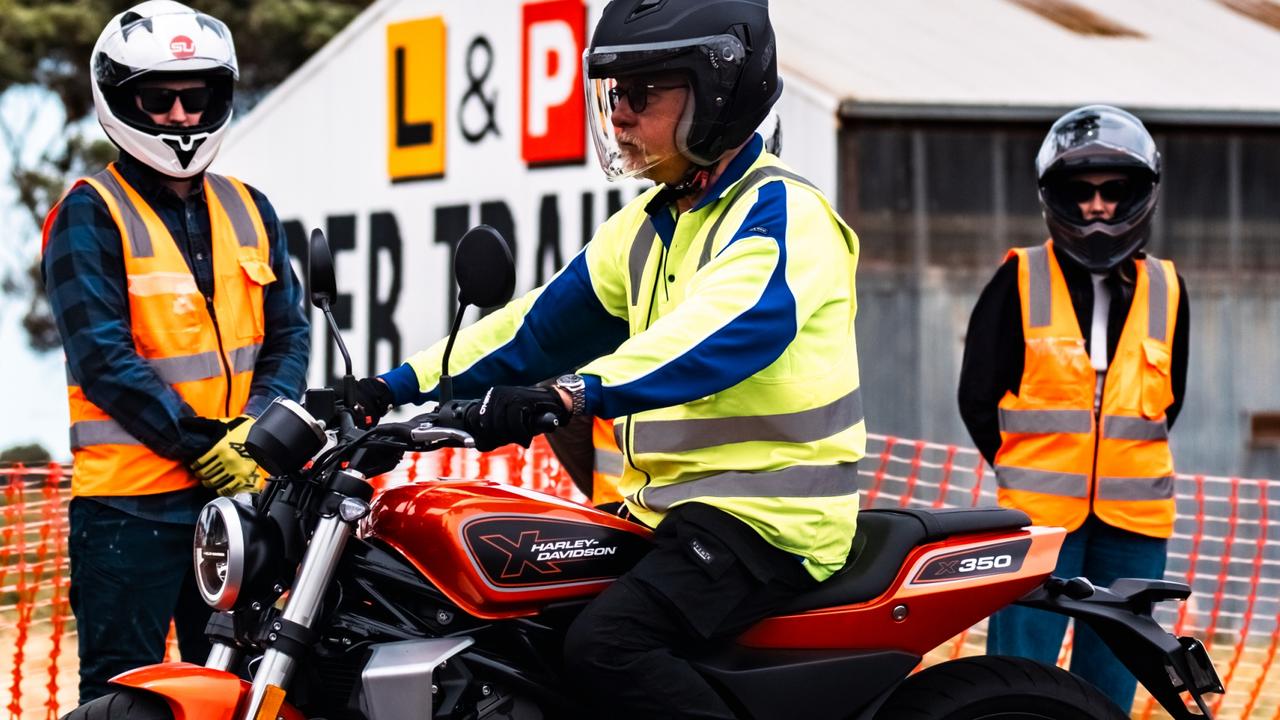
Learning to ride a motorcycle, I was reminded of what driving should be about: the pure enjoyment and thrill that comes from the driver’s engagement with the road.
I’ve never ridden a motorcycle before. Growing up, I had experience on quad bikes and horses, but balancing on a motorcycle was a different story. I wasn’t convinced I’d even stay upright.
The training, led by the incredibly patient Ryland at Stay Upright Rider Training, covered the absolute basics – how to mount and dismount a motorcycle, proper riding posture, balancing a non-powered bike, the art of slow weaving, braking drills, and a discussion on crash avoidance space. By the end of the first day, I was riding on my own!
However, I kept forgetting to check my mirrors and look over my shoulder. Why was I struggling with this basic safety habit?
Later, driving home in my modern, tech-loaded car, it hit me: I’ve become reliant on the car’s technology. The blind-spot sensors, rear cross-traffic alerts, and various other beeps and flashes have become like a helpful back-seat driver.
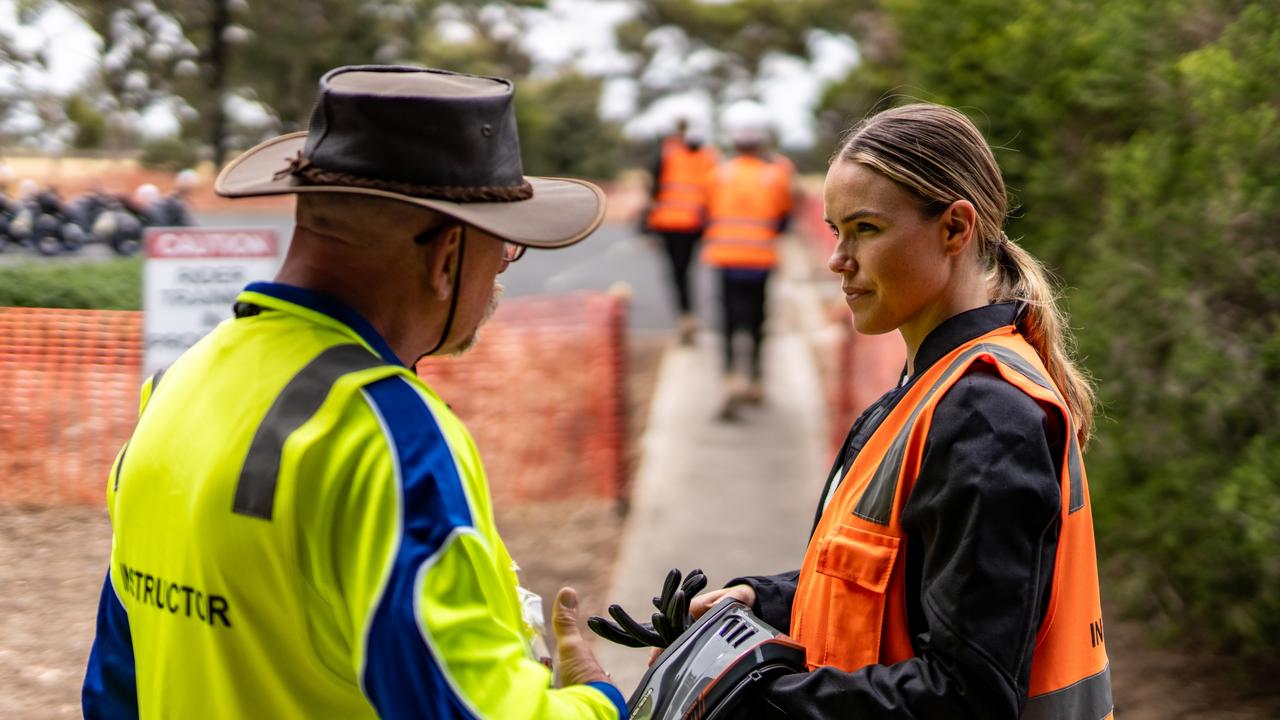
Consider blind-spot monitoring. It’s a great feature, but it should be a backup. For many drivers, myself included, it’s become the primary check.
Lane-keeping assist nudges your wheel when you drift. But what if drivers start trusting the system to do the correcting? What if you don’t indicate when moving into another lane, and the car jerks the wheel?
Even auto emergency braking isn’t perfect, sometimes failing to react in certain conditions or braking too late. People end up relying on it.
US studies have shown that drivers in cars with modern safety features may be twice as likely to become distracted.
Motorcycle training forced me to focus on the raw fundamentals of road safety. On a bike, your entire body controls the machine. Your left foot controls the gears, the right foot is ready for the back brake, the right hand controls the front brake, and the left hand operates the clutch.
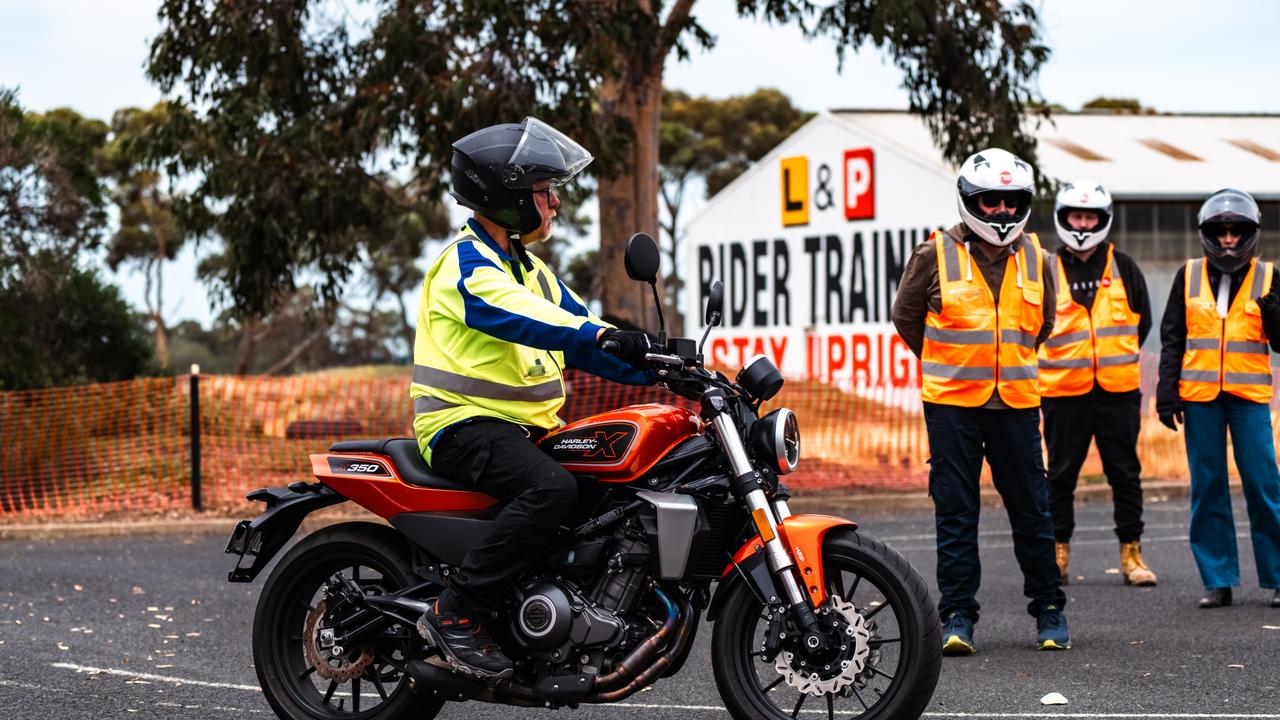
Every part of your body matters – where you look, how you balance, how you shift your weight; it all affects the bike’s movement. There’s no autopilot here.
There are no beeping mirrors or gentle vibrations alerting you to danger. It’s just you, your instincts, and the reality that if you make one wrong move or are distracted, you’re not staying upright.
This became especially clear on the road during day two. Imagine a group of nervous riders in high-visibility vests (required for learners in Victoria) moving cautiously together like a group of fluorescent ducklings. Yet, despite our bright vests, several drivers didn’t notice us.
One driver even merged so close that it drove home the importance of lane positioning. The instructor explained that motorcyclists are often cut off, and always plan 12 seconds ahead. You can’t control other drivers, but you can control your actions.
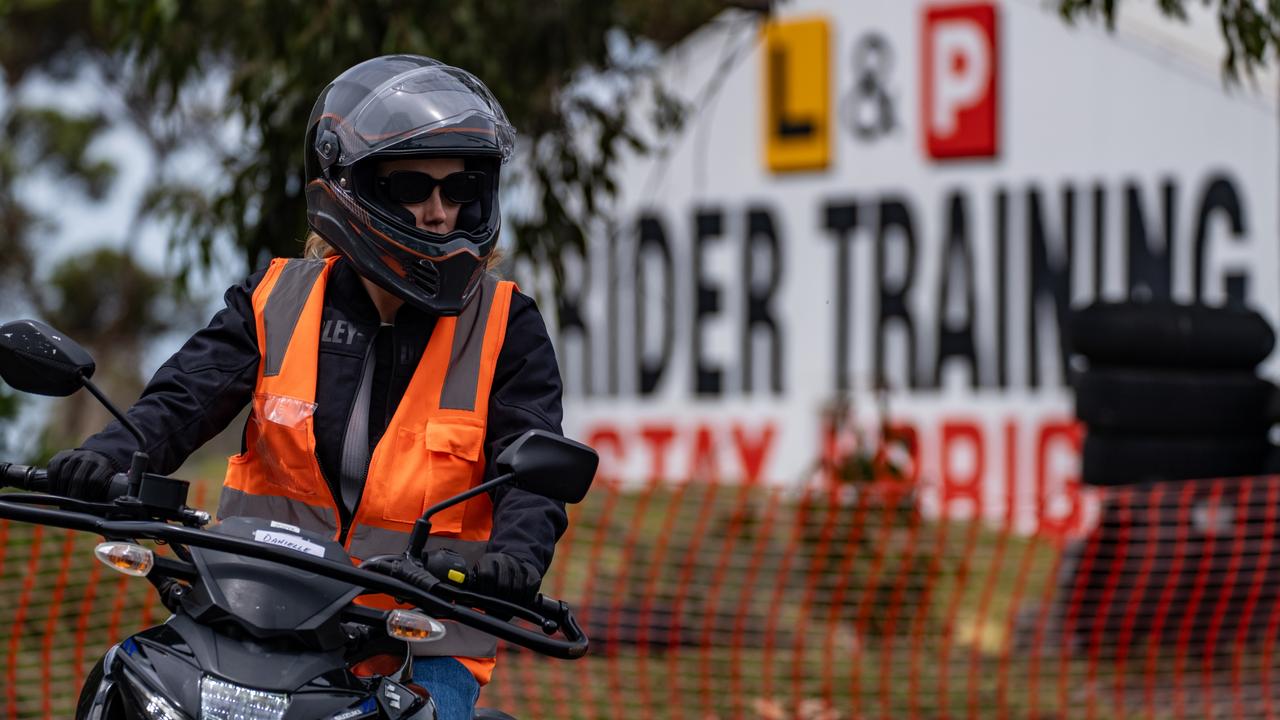
Motorcycle training forced me to remember the basics of safe driving and question whether technology was making us better or worse drivers?
Just last week, the Insurance Institute for Highway Safety (IIHS) revealed that some car sensors still fail to detect high-visibility gear. IIHS said it’s “not clear why” the cars systems struggled with the reflective strips or how many other vehicle systems might have the same problem. But it’s a serious problem, because it’s not just learner motorcyclists who wear hi-visibility clothing but road workers and emergency personnel.
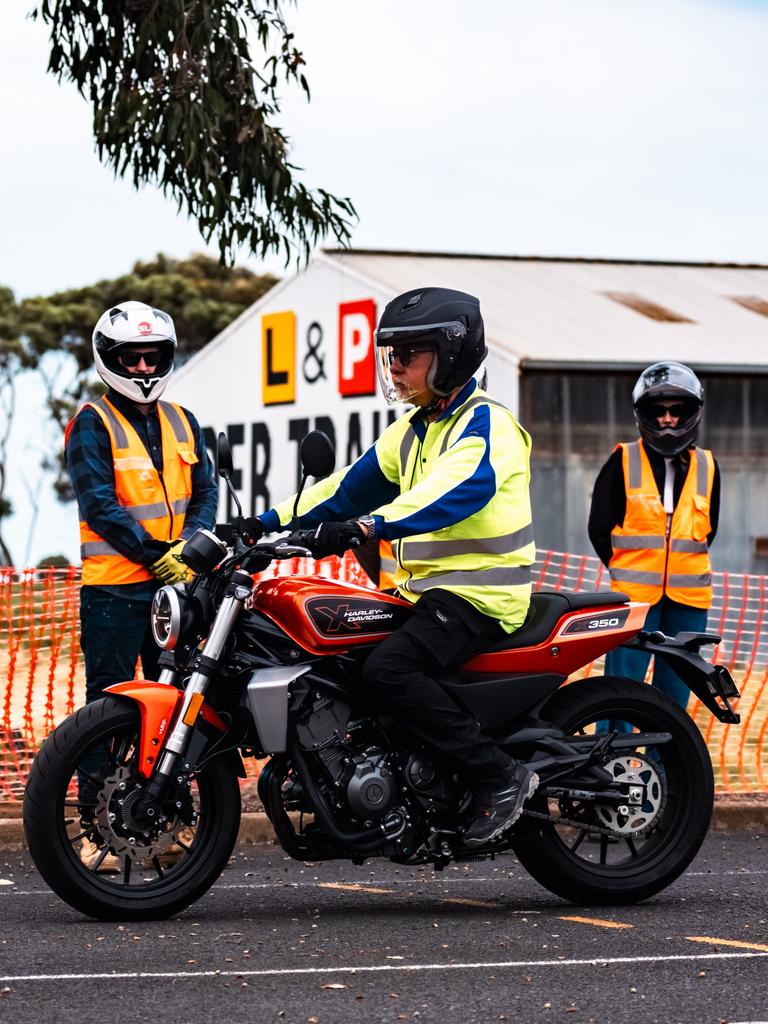
It seems ironic that technology designed to prevent accidents may, in fact, be doing the opposite. This is when it really hit me: modern cars are becoming hi-tech gadgets on four wheels.
Learning how to ride a motorcycle took me back to what it’s all about: the pure enjoyment and the thrill that keeps drivers engaged. There are no shortcuts, no nagging reminders, just you and the road. Maybe we all need a little more focus behind the wheel.


